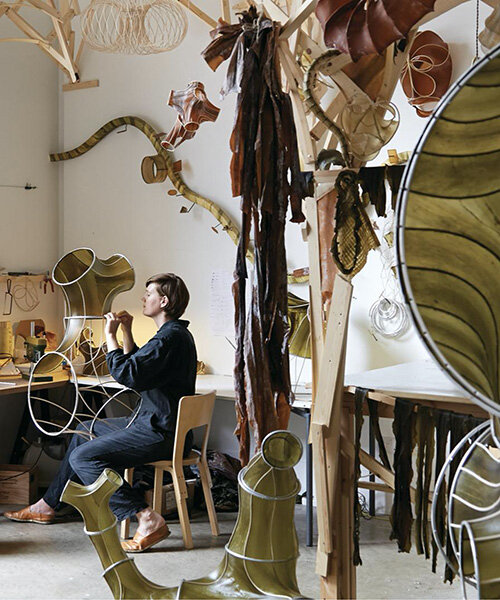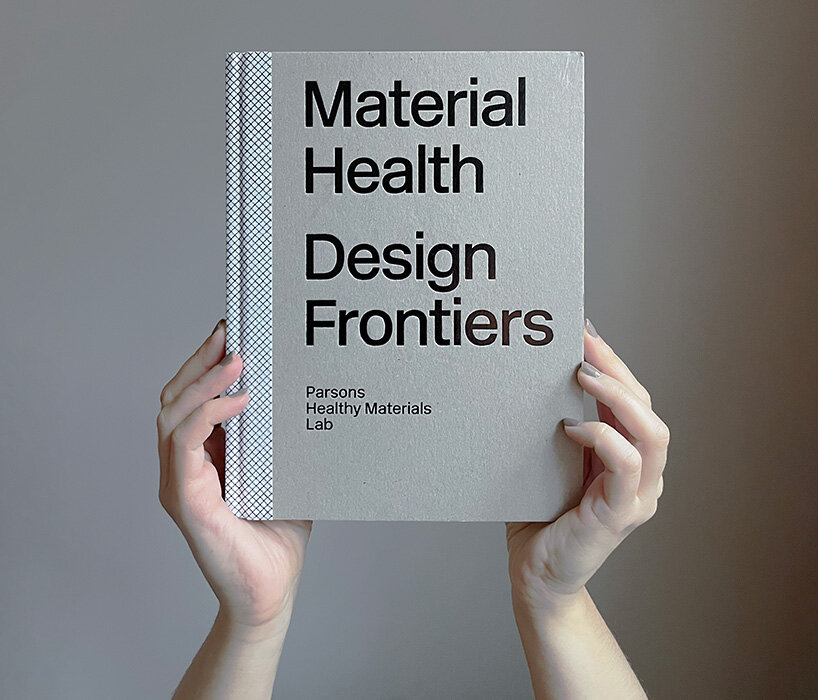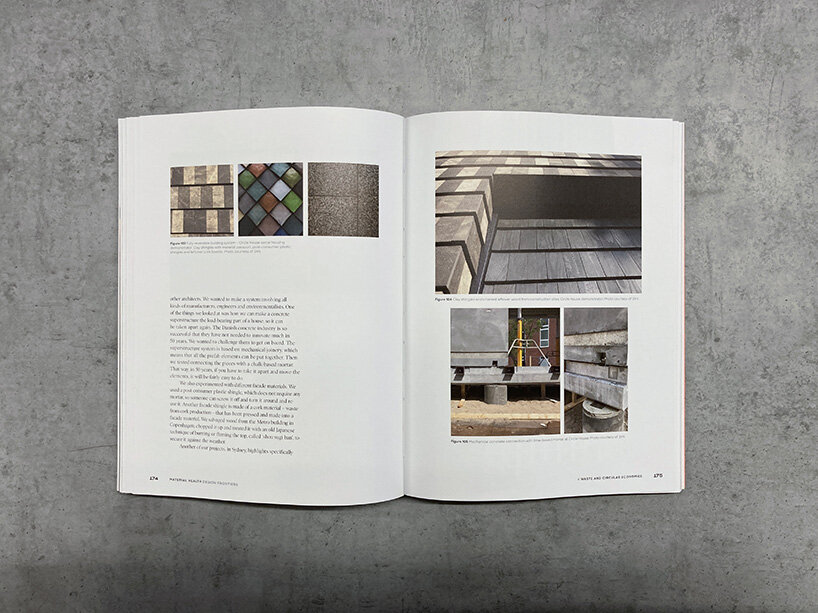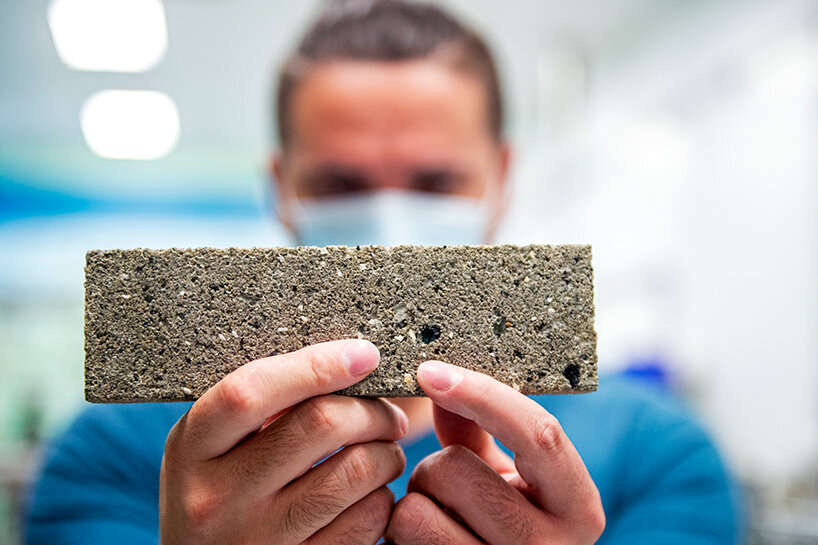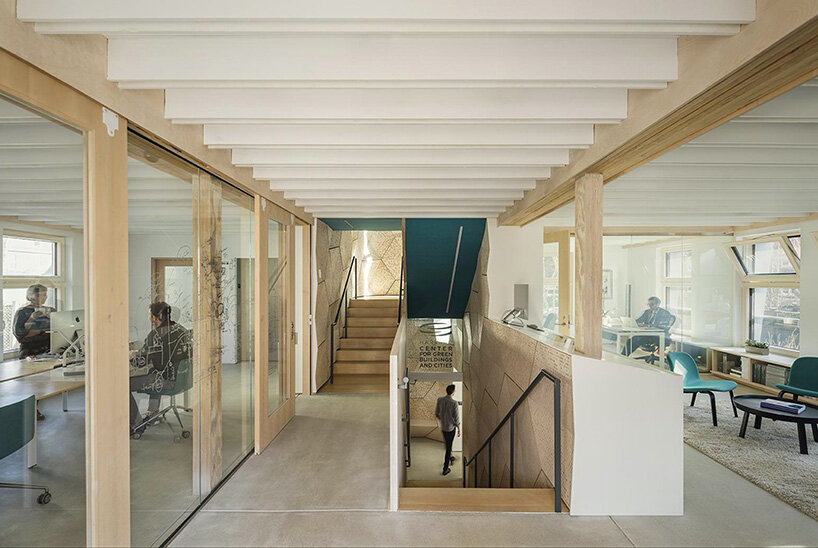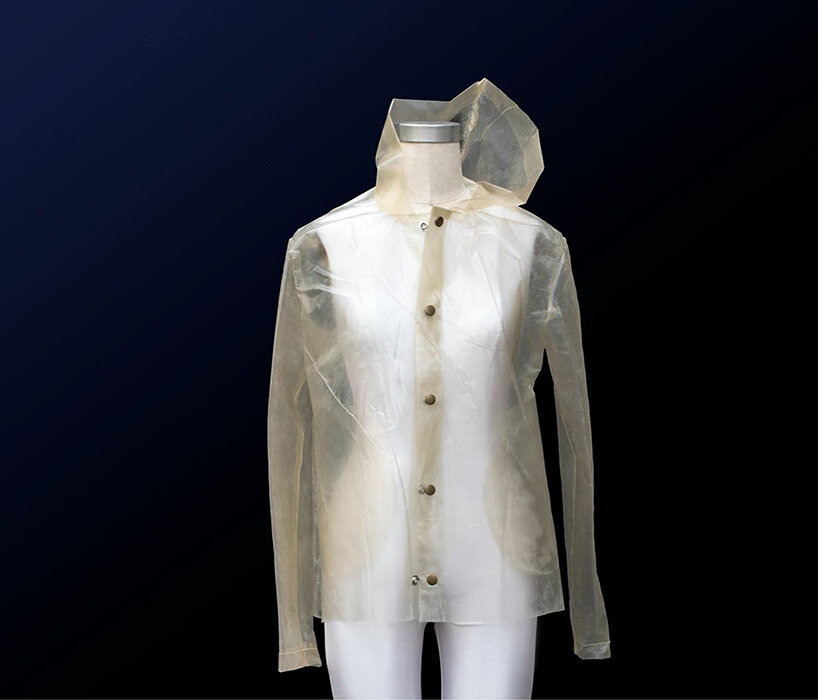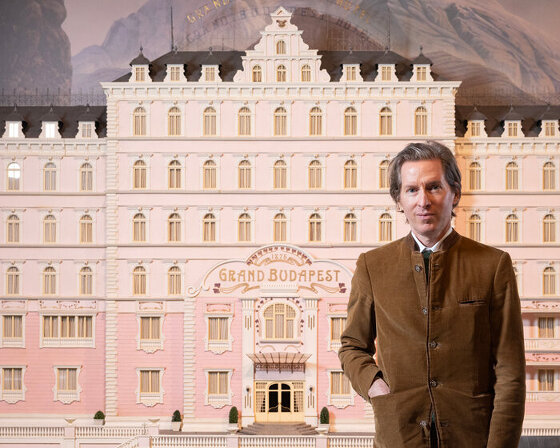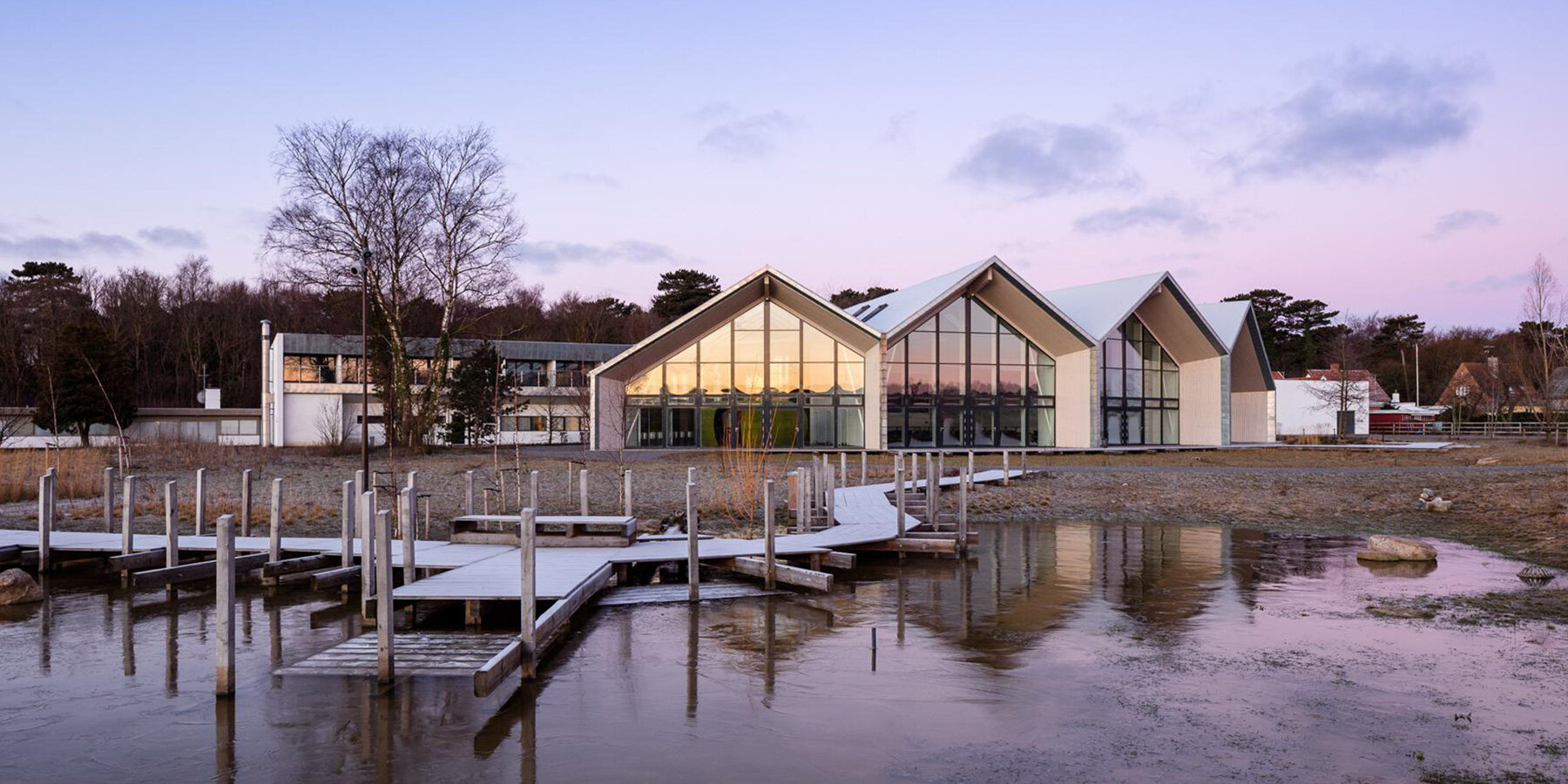
Expert Lasse Lind shares his experience as architect and partner at GXN and 3XN architects. Green Solution House, a combined hotel and conference center based on the Cradle to Cradle philosophy | photo courtesy of 3XN

(from Andrea Lipps’s essay) Bamboo Theater (2015– ongoing), designed by Xu Tiantian (Chinese, born 1975), DnA_Design and Architecture (Beijing, China, founded 2004) | photo by Wang Ziling, DnA_Design and Architecture
KEEP UP WITH OUR DAILY AND WEEKLY NEWSLETTERS
amid the rush of a hyper-accelerated world, the hue stands in for a blank canvas.
connections: 45
designboom radar rounds up a list of must-see exhibitions around the world to check out during the month of december.
connections: +160
running until july 26th, 2026, the show marks the first time wes anderson’s archives have been publicly displayed in the UK.
connections: +190
the spiral structure follows principles of fluid dynamics and thermodynamics to optimize heat distribution.
connections: 94
